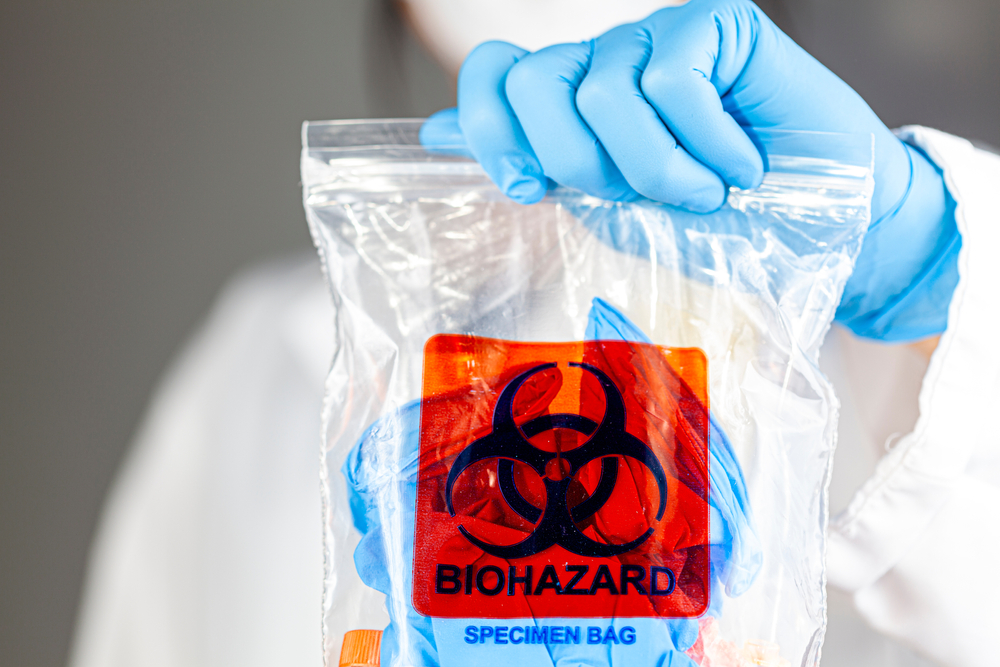In our latest installment of Ask the Expert, brought to you by the team of industry experts at EHS Hero®, we look at a recent question from a subscriber asking about the OSHA standards of biohazard labeling in facilities where biohazardous samples are kept. See what the experts had to say.
Q: We store biohazardous samples in an ultra-low temperature freezer and label the freezer as such. Do the doors into the area need the biohazard label on them to let employees know that they are entering into an area that has biohazardous material in it?
Pursuant to OSHA’s bloodborne pathogens standard, warning labels must be affixed to freezers containing blood or other potentially infectious material (OPIM). Labels must be fluorescent orange or orange-red or predominantly so with the biohazard symbol and the word “BIOHAZARD” in a contrasting color. The labels must be affixed as close as feasible to the freezer by string, wire, adhesive, or other method that prevents their loss or unintentional removal.
However, employers are only required to post signs at the entrances to work areas at research laboratories and production facilities engaged in the culture, production, concentration, experimentation, and manipulation of the human immunodeficiency virus (HIV) and the hepatitis B virus (HBV). This includes signs at all access doors when OPIM or infected animals are present in the work area or containment module. This requirement does not apply to clinical or diagnostic laboratories engaged solely in the analysis of blood, tissues, or organs.
If your facility is an HIV and HBV research laboratory and production facility, the signs on the entrances to work areas must contain the biohazard symbol, the work “BIOHAZARD,” the name of the infectious agency, special requirements for entering the area, and the name and telephone number of the laboratory director or other responsible person. Such signs must be fluorescent orange-red or predominantly so, with lettering and symbols in a contrasting color.
For more information about OSHA’s labeling and sign requirements, see 29 CFR 1910.1030(g)(1).

